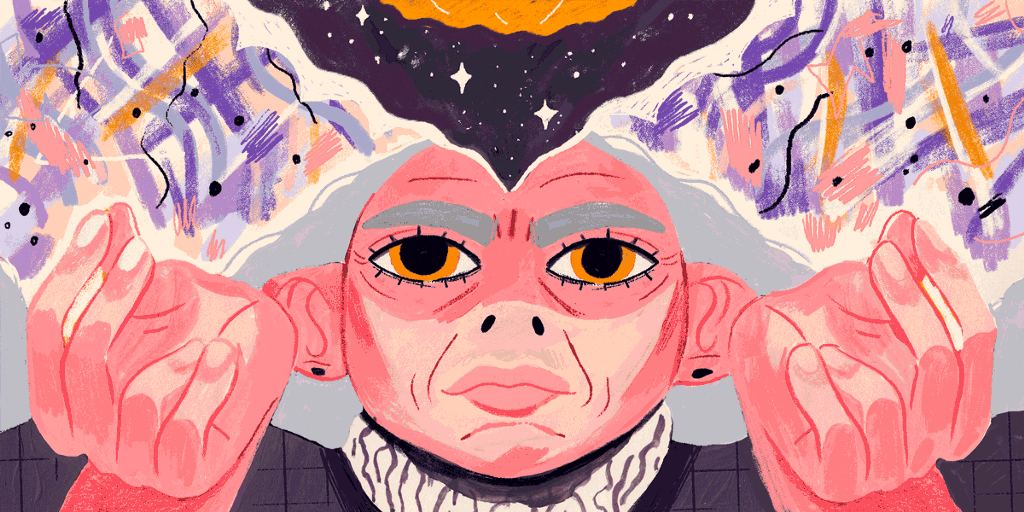If you want to upgrade your brain, it’s too bad that you’ll probably be old before neural lace or a similar brain-machine mind meld is widely available. You ought to take up meditation instead.
It’s not surprising that any relaxation technique has a wide range of health benefits. But meditation is also a form of exercise — it requires mental effort. And over time this activity appears to rewire the brain in ways that stave off and possibly reverse the decay typically associated with aging.
Sara Lazar, a neuroscientist at Harvard Medical School and Massachusetts General Hospital who is a leading researcher on the effects of meditation, has seen the changes in imaging studies. Experienced meditators have more gray matter in the portions of the brain devoted to sensory processing, working memory, and decision-making — parts that usually shrink with age.
Lazar and other researchers are now going deeper. They’re studying how various forms of mindfulness — such as tai chi and yoga — affect the brain differently. It eventually might be possible to determine which meditative techniques are optimal for people suffering from a specific problem, just like certain forms of physical exercise are good after a particular injury.
Such insights are beginning to take shape in studies like one published last summer in the journal Mindfulness by Bethany Kok and Tania Singer of the Max Planck Institute for Human Cognitive and Brain Sciences Institute in Leipzig, Germany. For that study, the researchers followed 229 people who were taught different practices — breathing meditation, body scan meditation, loving-kindness meditation, and observing-thought meditation — and compared the effects on their health and behavior to each other and to control groups.
The results were not necessarily surprising — for example, body scan, a practice of focusing on sensations in the body, was best at increasing awareness of physiological stimuli and decreasing “thought content.” Nonetheless, Kok and Singer wrote, the study helped establish that “meditation is not about engaging in indiscriminate mental effort; each practice appears to create a distinct mental environment, the long-term consequences of which are only beginning to be explored.” Singer says that as many as 30 more papers are planned on other meditation research from the Planck Institute’s ReSource Project, which she calls the largest effort of its kind.
Early studies of meditation showed that it could help relieve depression, anxiety disorders, pain, and insomnia, but didn’t quite establish whether such improvements came about because of the meditation or because of other things study subjects were also doing. But more recent research, Lazar says, “showed as well that it wasn’t because of a change in environment — it was a change in how they reacted to the environment.” Knowing that there is a physical basis in the brain for these improvements means that meditation could be useful in addressing disorders that manifest themselves in the same parts of the cortex, including Alzheimer’s and PTSD.
Lazar points out that the benefits of these mental workouts accrue even if you meditate for five to 10 minutes a day, though more is better — up to a point. “More than 40 minutes per day can be detrimental,” Lazar says, “just as over-exercising can be detrimental.”
She also believes that while meditation apps such as Headspace and guided meditation recordings are helpful, they’re probably not good enough on their own to bring about the kind of brain rewiring she has seen in experienced meditators — people whose cortexes at age 50 looked like those of non-meditators at age 25. Meditation is such an intensely personal experience, she says, that invariably practitioners have questions that only a teacher can resolve.
If so, should health insurance cover the cost of meditation classes and retreats, much as some plans today help cover gym memberships? “The data is not quite there yet,” Lazar says. “But maybe, someday, it will be.”




















